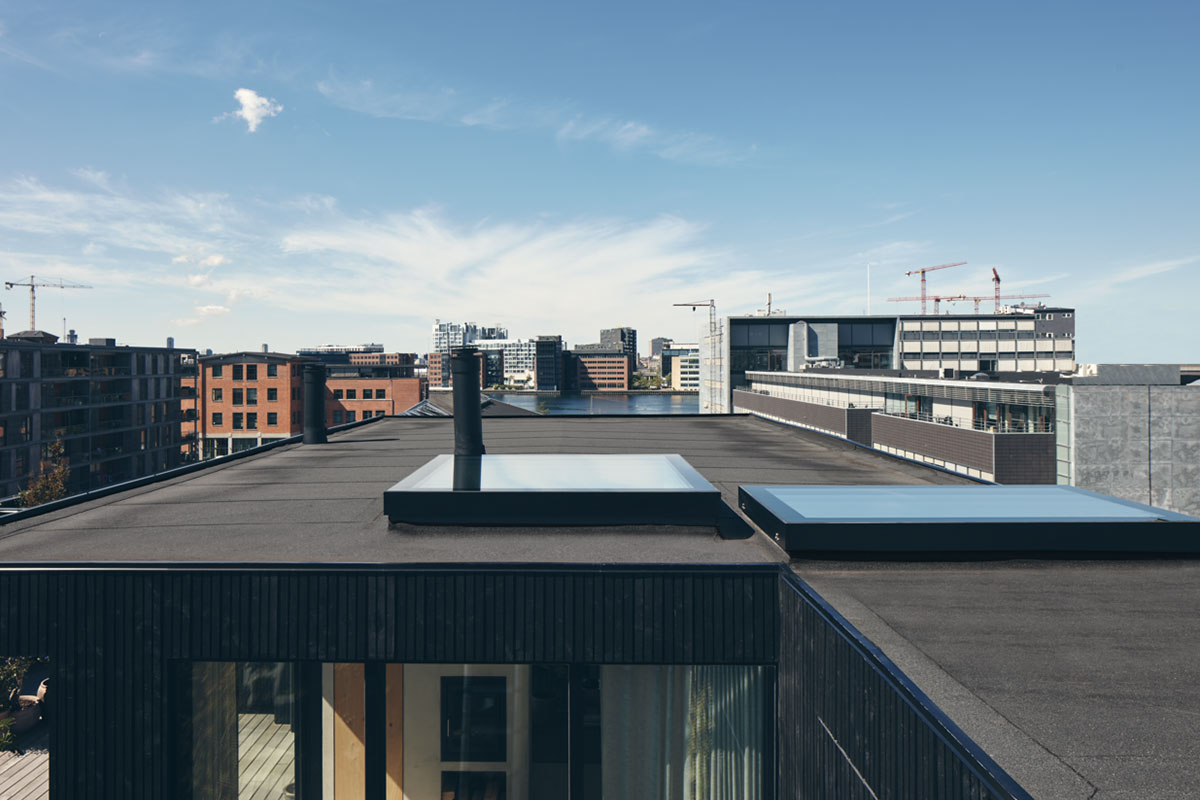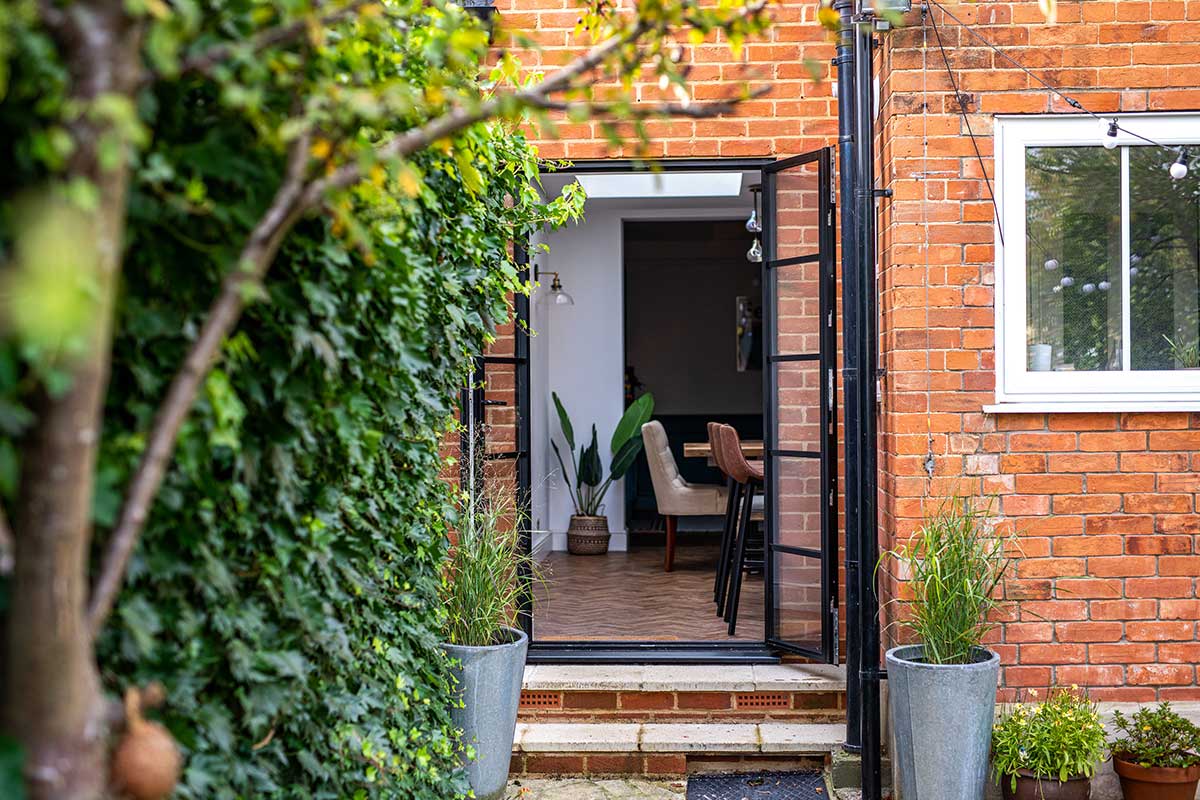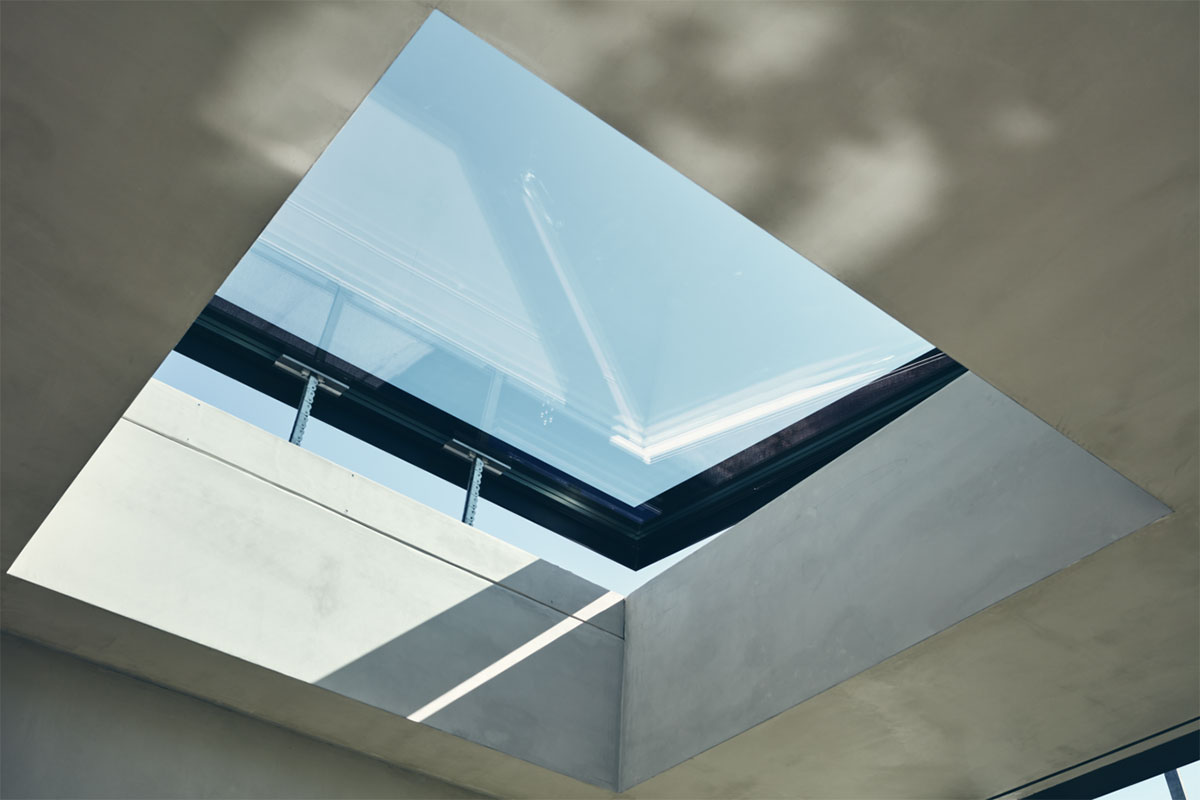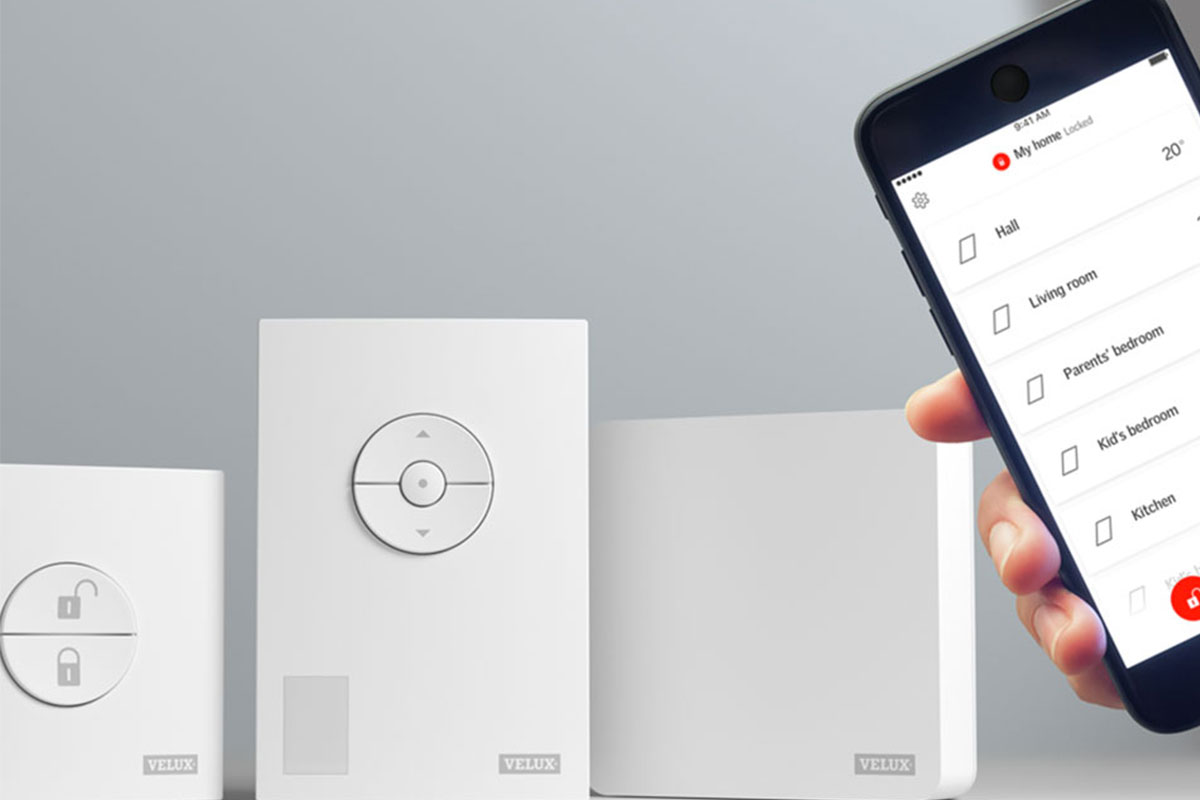Daylight dynamics: Your daylight questions answered
We’re all aware to some degree or another of the effect daylight has on us. From the struggle to get out of bed on a dark winter morning to our sunny disposition on an equally sunny afternoon. But did you know that there’s a lot more to daylight than this?
Daylighting describes the controlled use of daylight to illuminate indoor environments, typically by architects. They use panels of glass in the form of rooflights, windows and glass doors to control the amount and type of daylight a room receives. And the good news? You can too. Here’s our guide to all you need to know to become a daylight designer:
What are the benefits of daylight?
Daylight holds a host of benefits for your home and your health. Interiors that are well lit appear larger and add value to a property. And if that’s not enough to make you start dreaming of daylight, you might consider that increased daylight has been linked to better sleep, improved mood and more productivity. Still not convinced? According to the Healthy Homes Barometer, single family occupancy homes that are dark report illness 1.6 times more than those that are light.
What are the different types of daylight?
“There are different types?!” we hear you ask. There sure are. There are 3 main types of daylight and they all need to be considered when designing with daylight.
- Direct: Direct daylight is where the sun shines directly onto something. Direct daylight is typically high intensity light and moves with time as the sun itself moves through the sky.
- Diffused: Diffused daylight or skylight is the light you get on an overcast day when light is diffused through the clouds and onto the surface of the earth below.
- Reflected: Reflected daylight is the light that enters your home having already bounced off another surface, for example neighbouring buildings or if you’re lucky enough to live by a lake or canal, off the water’s surface.
Rooflights tend to let in more direct daylight or skylight as they are directly facing the sky above. Windows and doors typically bring in more reflected light which isn’t as strong, meaning the same sized window brings in less daylight overall than a rooflight of the same proportions.
What influences the amount of daylight inside?
There are a number of factors that influence the amount of daylight you receive in your home. Firstly, the entry points for the daylight. Are they large or small? On the side of a building (windows and doors) or above (rooflights)? Which compass direction do they face? And the influencing factors don’t stop at your home’s outer shell. The amount of daylight can be influenced by the weather, your country’s typical climate and seasonality and the built or natural environment surrounding your home.
How do I bring more daylight into my home?
You’ll have observed from the previous answer that some factors influencing daylight are beyond most people’s control. You’re unlikely to be able to bulldoze your neighbour’s house or cut down their tree to give you more daylight. And you certainly can’t alter the fundamental weather conditions and seasonality in your country. So, what can you do?
- Add additional entry points: More windows, rooflights or glass doors equal more daylight. It sounds simple and it is!
- Relocate your entry points: Changing the orientation or style of a daylight entry point can increase the total available light to a room.
- Increase the size of your entry points: Enlarging rooflights, windows and glass doors will have a dramatic effect on the amount of available daylight without having to create entirely new holes, and thus may be a more affordable or structurally possible option than adding entirely new ones.
Ready to start designing in daylight? Our bespoke rooflight configurator lets you try out different sizes and shapes of rooflight in any room in your house so you can explore the possibilities before you commit.



































